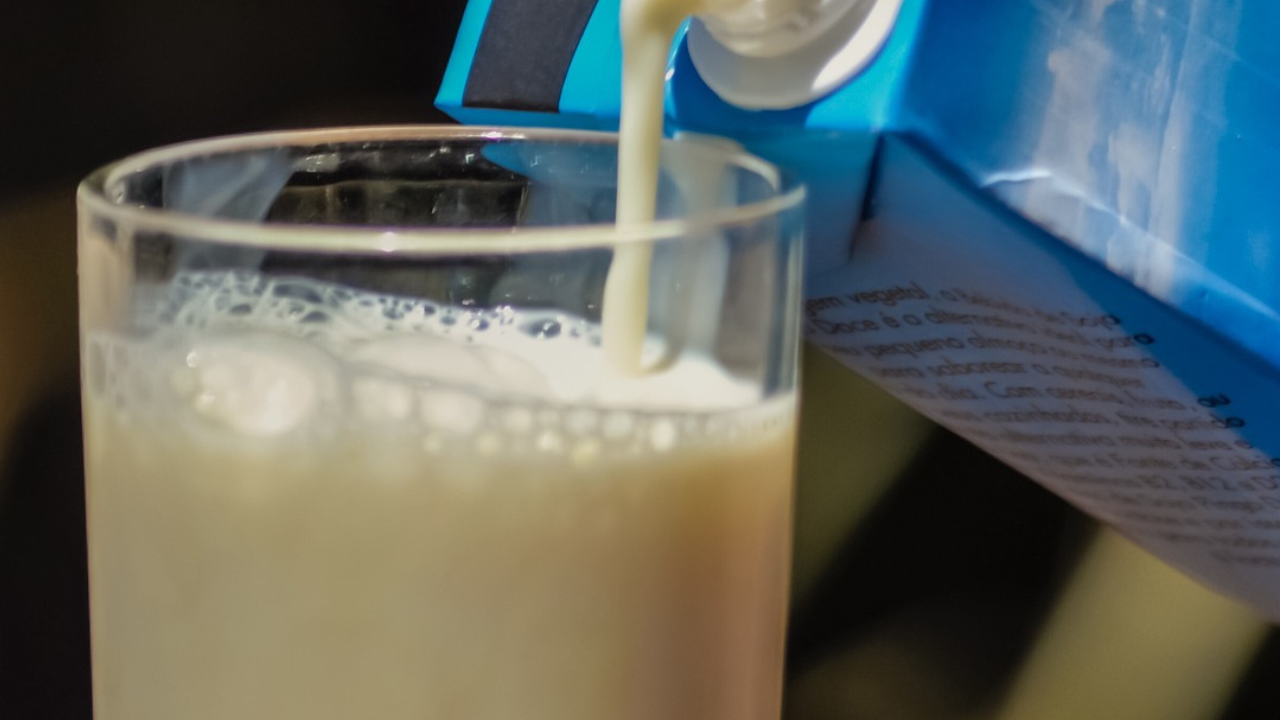A shortage of milk cartons is affecting school districts in multiple states as the dairy industry is dealing with some setbacks, government officials said.
RELATED STORIES: Grubhub Driver Accidentally Delivers Cup Of Urine Instead Of Milkshake To Customer
The U.S. Department of Agriculture said in a statement that the USDA is aware of the shortage in multiple states, and the cause is due to milk supply complications related to packing issues. “Under current program regulations found at 7 CFR 210.10(d)(2), 220.8(d), 225.16(f)(6), and 226.20(e)(1), state agencies may allow program operators experiencing milk supply shortages to serve meals during an emergency period with an alternate form of fluid milk or without fluid milk,” the statement reads. School districts in New York, Pennsylvania, Washington, California, and several other states said they are preparing for the shortage.
“Although program operators are expected to meet the fluid milk requirements to the greatest extent possible, supply chain disruptions, including disruptions that limit milk variety or affect serving size, would be considered a temporary emergency condition for purposes of this flexibility,” the statement continued.
RELATED STORIES: Pennsylvania Woman Awarded $7.1 Million After Swell Cooking Spray Explodes And Leaves Her With Second-Degree Burns
Other school districts said they will purchase milk in bulk and pour it for the students, as reported by the New York Times. Some said they would serve the milk in cups and lids or offer other alternatives such as water and juice.
The Rochester City School District said in a statement that the New York State Education Department has approved their plan until the issue is resolved. Some parents opposed the plan and suggested that schools serve different sources of calcium and vitamin D, such as cheese sticks and yogurt.
In the case of the current milk carton shortage, the leading cause is a shortage of paperboard. Paperboard is made from recycled paper and cardboard, and there has been a shortage of these materials due to increased demand and supply chain disruptions.







